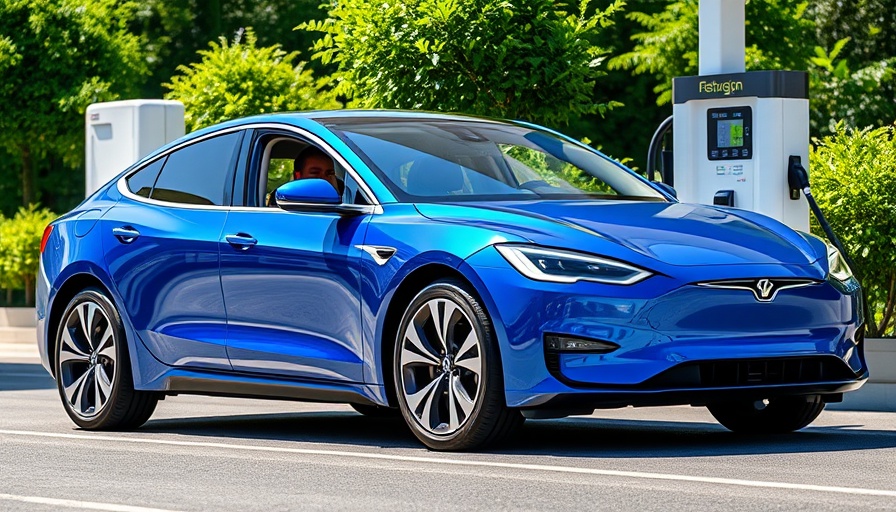
Understanding Auto Insurance for Gig Economy Drivers
Navigating auto insurance as a gig worker can be daunting, especially when the lines between personal and commercial use are blurred. For delivery drivers or rideshare operators, standard auto insurance policies often leave significant gaps in coverage.
Why Your Personal Auto Insurance Won’t Cut It
Many personal auto insurance policies exclude coverage for activities considered ‘livery,’ which means that if you're mid-delivery and get into an accident, your insurer may deny your claim. This can feel like a gut punch, especially when you realize your policy may not protect you as you think.
The Coverage Gaps That Gig Economy Workers Face
Gig work leaves drivers with three key insurance blind spots:
- Period 1 (App Off): You have personal coverage until you turn on the app.
- Period 2 (App On, No Gig Yet): A gray area. Some policies offer limited coverage here.
- Period 3 (Active Gig): This requires commercial coverage; otherwise, your personal policy is void.
Essential Coverage Options for Gig Workers
To create a solid insurance safety net, gig workers should consider the following options:
- Rideshare or Delivery Endorsements: Affordable add-ons to personal policies that provide coverage during the critical moments.
- Commercial Auto Insurance: If you’re racking up miles, a commercial policy is a fast track to peace of mind, despite the higher cost.
- Non-Owned Auto Insurance: This is key if you're renting a vehicle for gig work, ensuring you're covered even if the primary policy doesn't apply.
What Gig Economy Companies Offer
Platforms like Uber and DoorDash provide varying levels of coverage, but it’s crucial to understand their limitations. For instance, while Uber offers a substantial $1M liability coverage, damage to your vehicle is often not covered unless you pay extra. Typically, drivers are left to manage their own repairs, potentially incurring hefty deductibles.
Why Awareness Matters
As the gig economy continues to grow, understanding auto insurance options is vital for protecting your livelihood. Whether you're a new driver or an experienced gig worker, staying informed about insurance choices can save you a lot of hassle—and money—in the long run.
 Add Row
Add Row  Add
Add 




Write A Comment